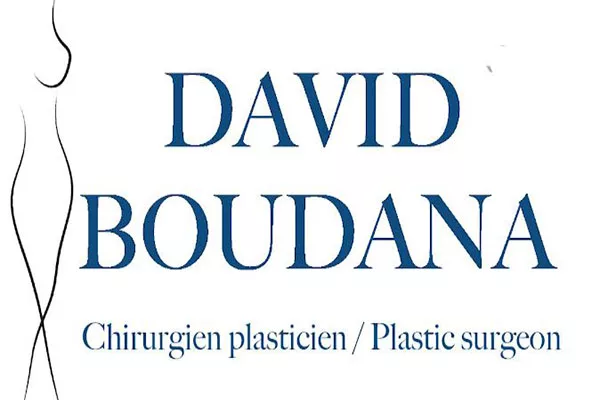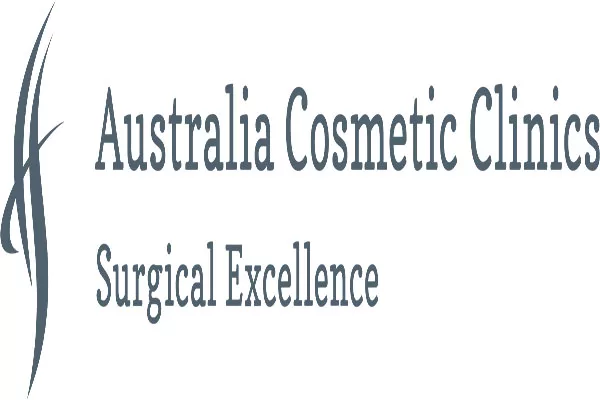Breast reduction surgery is a common procedure done to reduce the size of breasts for various medical and cosmetic reasons. Although the procedure can yield satisfying results, it often comes with risks and complications that require attention and care. Two common complications that can arise post-surgery are wound dehiscence and pain. Wound dehiscence is the separation of surgical incision or wound before complete healing, while pain is an inevitable part of the healing process. These complications can be managed with proper care and attention, but it is crucial to identify and address them promptly to prevent further complications. In this article, we will discuss in detail the causes, symptoms, and management of wound dehiscence and pain after breast reduction surgery.
Causes of Wound Dehiscence and Pain after Breast Reduction Surgery
Wound dehiscence and pain after breast reduction surgery can be caused by various factors, such as:
- Poor Blood Supply: A poor blood supply to the wound area can hinder the healing process, leading to slow healing, and the risk of the wound reopening.
- Insufficient Tissue Removal: If the surgeon removes insufficient breast tissue during the surgery, it can lead to tension on the incision line, causing the wound to separate.
- Infection: Infection in the wound area can cause inflammation, leading to pain and increasing the risk of wound dehiscence.
- Excessive Movement: Activities that require excessive arm movement, such as lifting weights, can cause strain on the incision site, leading to pain and the risk of wound reopening.
- Smoking: Smoking can restrict blood flow and oxygen delivery to the wound area, slowing down the healing process, and increasing the risk of wound dehiscence and pain.
Symptoms of Wound Dehiscence and Pain after Breast Reduction Surgery
The symptoms of wound dehiscence and pain after breast reduction surgery are:
- Increased pain: Post-surgical pain is normal, but if there is an increase in pain levels or a return of pain that had initially subsided, it may be a sign of wound dehiscence.
- Swelling: Swelling in the breast area can be an indication of fluid accumulation or inflammation, which could be due to wound dehiscence or infection.
- Bleeding: If there is bleeding or oozing from the incision area, it may indicate the wound has reopened.
- Open wound: An open wound or separation in the incision line is a clear sign of wound dehiscence.
- Redness and warmth: If the wound area is red and warm to the touch, there may be inflammation due to infection or wound dehiscence.
- Drainage: Pus or fluids draining from the wound area is an indicator of infection or wound dehiscence.
Diagnosis of Wound Dehiscence and Pain after Breast Reduction Surgery
Diagnosis of wound dehiscence and pain after breast reduction surgery is done through a physical examination, where the surgeon will check the wound area for any signs of separation, inflammation, or infection. The surgeon may also ask questions concerning the patient’s pain levels, activities, medications, and overall health to determine the cause and severity of the symptoms. They may order additional tests such as blood tests, imaging, or microbial cultures to confirm or rule out infection.
Treatment for Wound Dehiscence and Pain after Breast Reduction Surgery
The treatment for wound dehiscence and pain after breast reduction surgery depends on the severity of the symptoms and the underlying cause. Some common forms of treatment include:
- Pain Management: Pain medication can be prescribed by the surgeon to alleviate pain and discomfort.
- Wound Care: The wound site must be kept clean and dry. The surgeon may also advise a dressing, ointment or compression garment to reduce inflammation and promote healing.
- Antibiotics: Antibiotics are prescribed if there is a sign of infection.
- Surgical Intervention: In extreme cases, surgical repair of the wound may be necessary to ensure proper healing.
- Lifestyle Changes: Changes in lifestyle such as avoidance of activities that can strain the incision line, stop smoking as well as proper wound care, can help prevent wound dehiscence and pain.
Prevention Measures for Wound Dehiscence and Pain after Breast Reduction Surgery
Although wound dehiscence and pain after breast reduction surgery can be managed and treated, it is best to prevent them from occurring. Here are some prevention measures that can be taken:
- Follow Post-Operative Instructions: Follow the post-operative instructions given by the surgeon carefully, including wound care and activity restriction.
- Quit Smoking: Smoking hinders the healing process, making it harder to recover after surgery. Quitting smoking beforehand is recommended.
- Maintain Healthy Lifestyle: Eat a healthy diet and maintain a healthy weight before and after surgery to prevent stress on the incision line.
- Listen to Your Body: Listen to your body and follow the surgeon’s advice. If you feel any discomfort, it is essential to speak with your physician immediately to avoid complications.
- Choose a Qualified Surgeon: It is important to select a qualified and experienced surgeon who is board-certified to ensure you receive the best possible care.
Recovery Time for Wound Dehiscence and Pain after Breast Reduction Surgery
The recovery time for wound dehiscence and pain after breast reduction surgery varies for each patient and depends on the severity of the symptoms, but the healing process usually takes four to six weeks. During this period, it’s important to rest adequately and avoid activities that can strain the incision line. The surgeon typically schedules follow-up appointments to monitor wound healing and make adjustments to the treatment plan if necessary. Full recovery may take several months, and it is essential to follow the surgeon’s instructions and care for the wound carefully until complete healing occurs.
Risks Associated with Breast Reduction Surgery
Breast reduction surgery is generally considered safe, but like any surgical procedure, it comes with risks. Some of the risks associated with breast reduction surgery include:
- Bleeding: Excessive bleeding can occur during or after the surgery, requiring further medical attention.
- Infection: Infection can occur if the wound area is not kept clean or if bacteria enter the body through the incision line.
- Scarring: Scarring is a normal consequence of any surgical procedure, but there is a risk of excessive scarring or keloid formation.
- Change in Sensation: There is a possibility that the nipple or breast tissue may lose sensation, be oversensitive, or undersensitive after surgery.
- Delayed healing: Delayed healing can occur due to poor blood supply or insufficient tissue removal by the surgeon.
- Asymmetry and shape irregularities: There may be an asymmetry or irregularity in breast shape post-surgery which may require additional surgery to correct.
Therefore, it’s important to discuss the risks and benefits of breast reduction surgery with a qualified and experienced surgeon before proceeding.
Conclusion
Wound dehiscence and pain are common complications that can occur after breast reduction surgery. Although this can be distressing for patients, they can be managed with proper care and attention to promote proper healing. Recognizing the symptoms of wound dehiscence and pain is essential to obtain prompt diagnosis and treatment. Prevention measures, such as following post-operative instructions carefully, avoiding smoking, maintaining a healthy lifestyle, and choosing a qualified surgeon, can help minimize the risks of wound dehiscence and pain after surgery. It’s important to discuss the risks and benefits of breast reduction surgery with a qualified surgeon before making any decisions. With proper care and attention, most patients can recover fully and enjoy the benefits of a more proportionate and comfortable breast size.
Resources for Help and Support
If you are experiencing wound dehiscence or pain after breast reduction surgery or have any concerns, reach out to your surgeon immediately. They can provide medical advice and appropriate treatment. Recognizing and discussing potential risks and complications with your surgeon before the surgery can help manage expectations and minimize the incidence of complications. Additionally, the American Society of Plastic Surgeons offers numerous informational articles on procedures and complications, as well as a directory of board-certified plastic surgeons in your area. Seeking support from friends, family, or a therapist for emotional support and reassurance during this time of healing can also be helpful.
References:
- Breast Reduction Surgery, American Society of Plastic Surgeons, https://www.plasticsurgery.org/cosmetic-procedures/breast-reduction
- Breast Reduction, Mayo Clinic, https://www.mayoclinic.org/tests-procedures/breast-reduction/about/pac-20385246
- Wound Dehiscence, National Center for Biotechnology Information, https://www.ncbi.nlm.nih.gov/books/NBK499827/
- Breast Reduction Recovery, American Society of Plastic Surgeons, https://www.plasticsurgery.org/reconstructive-procedures/breast-reduction/recovery
- Breast Reduction Risks, Mayo Clinic, https://www.mayoclinic.org/tests-procedures/breast-reduction/about/pac-20385246#risks
- What Are The Risks Of Breast Reduction Surgery?, Medical News Today, https://www.medicalnewstoday.com/articles/159114
- Breast Reduction Surgery: What to Expect, WebMD, https://www.webmd.com/beauty/cosmetic-procedures-breast-reduction-surgery#2
- How to Heal Well After Breast Reduction Surgery, Healthline, https://www.healthline.com/health/breast-reduction-recovery







